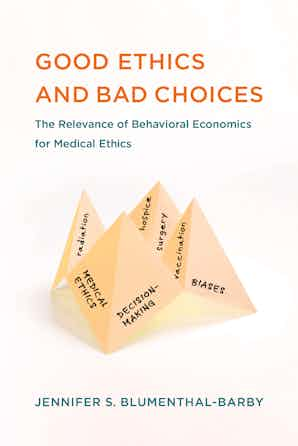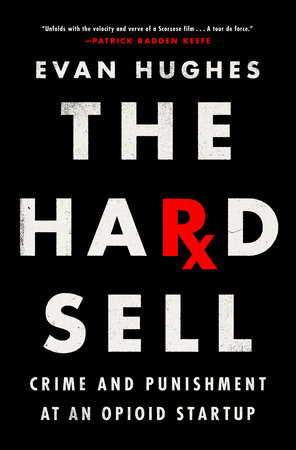The Oxford Handbook of ETHICS OF AI
The approach to the ethics of AI that runs through this handbook is contextual in four senses:
• it locates ethical analysis of artificial intelligence in the context of other modes of normative analysis, including legal, regulatory, philosophical, and policy approaches,
• it interrogates artificial intelligence within the context of related modes of technological innovation, including machine learning, Big Data, and robotics,
• it is interdisciplinary from the ground up, broadening the conversation about the ethics of artificial intelligence beyond computer science and related fields to include other fields of scholarly endeavor, including the social sciences, humanities,and the professions (law, medicine, engineering, etc.), and
• it invites critical analysis of all aspects of—and participants in—the wide and continuously expanding artificial intelligence complex, from production to commercialization to consumption, from technical experts to venture capitalists to self-regulating professionals to government officials to the general public.
Outline
Part I. Introduction & Overview
1. The Artificial Intelligence of Ethics of AI: An Introductory Overview
2. The Ethics of Ethics of AI: Mapping the Field
3. Ethics of AI in Context: Society & Culture
Part II. Frameworks & Modes
4. Why Industry Self-regulation Will Not Deliver 'Ethical AI': A Call for Legally Mandated Techniques of 'Human Rights by Design'
5. Private Sector AI: Ethics and Incentives
6. Normative Modes: Codes & Standards
7. Normative Modes: Professional Ethics
Part III. Concepts & Issues
8. Fairness and the Concept of 'Bias'
9. Accountability in Computer Systems
10. Transparency
11. Responsibility
12. The Concept of Handoff as a Model for Ethical Analysis and Design
13. Race and Gender
14. The Future of Work in the Age of AI: Displacement, Augmentation, or Control?
15. The Rights of Artificial Intelligences
16. The Singularity: Sobering up About Merging with AI
17. Do Sentient AIs Have Rights? If So, What Kind?
18. Autonomy
19. Troubleshooting AI and Consent
20. Is Human Judgment Necessary?
21. Sexuality
IV. Perspectives & Approaches
22. Computer Science
23. Engineering
24. Designing Robots Ethically Without Designing Ethical Robots: A Perspective from Cognitive Science
25. Economics
26. Statistics
27. Automating Origination: Perspectives from the Humanities
28. Philosophy
29. The Complexity of Otherness: Anthropological contributions to robots and AI
30. Calculative Composition: The Ethics of Automating Design
31. Global South
32. East Asia
33. Artificial Intelligence and Inequality in the Middle East: The Political Economy of Inclusion
34. Europe's struggle to set global AI standards
Part V. Cases & Applications
35. The Ethics of Artificial Intelligence in Transportation
36. Military
37. The Ethics of AI in Biomedical Research, Medicine and Public Health
38. Law: Basic Questions
39. Law: Criminal Law
40. Law: Public Law & Policy: Notice, Predictability, and Due Process
41. Law: Immigration & Refugee Law
42. Education
43. Algorithms and the Social Organization of Work
44. Smart City Ethics










